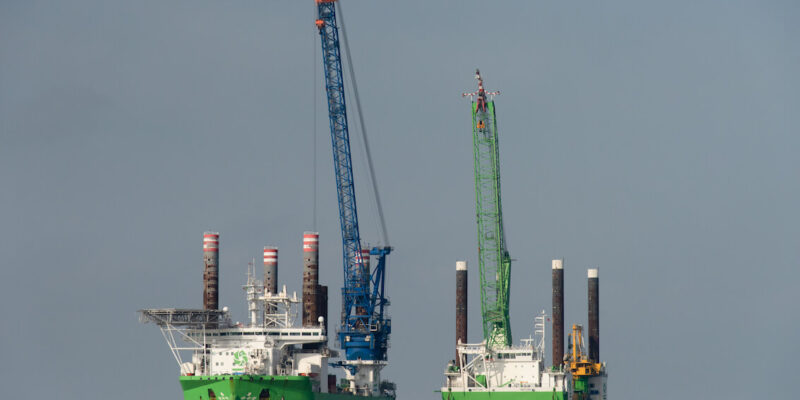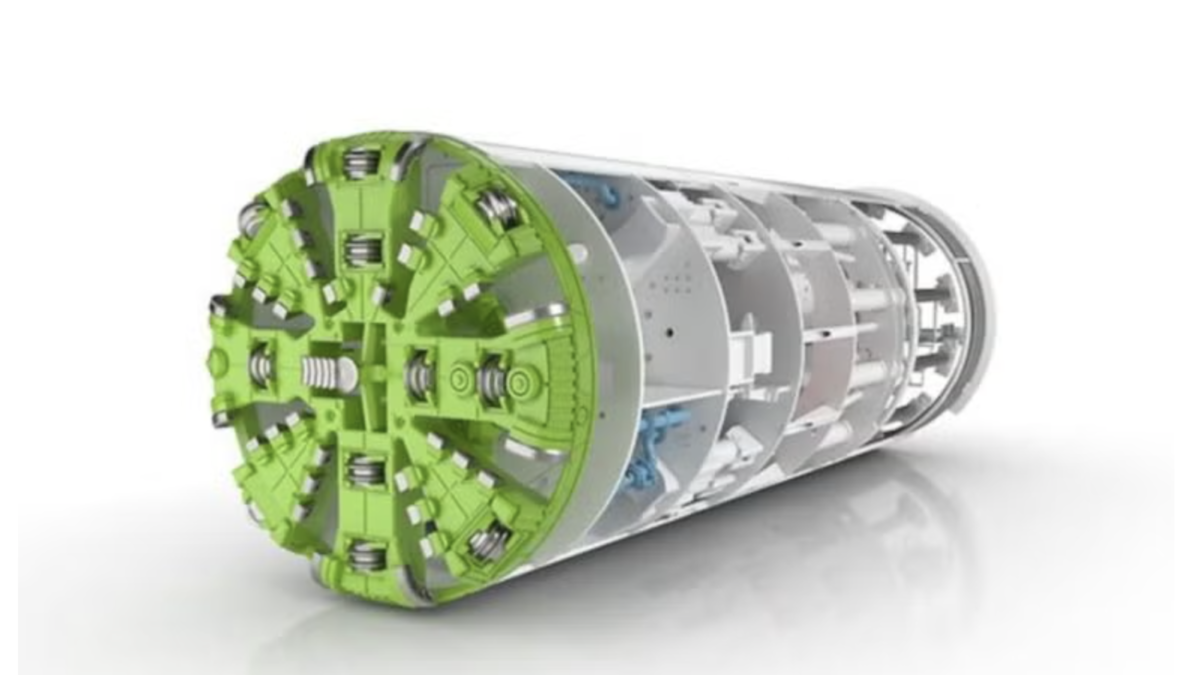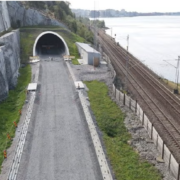
In order to providing shafts for the UK’s newest nuclear power station, Hinkley C, two huge jack-up vessels have arrived off the coast of Somerset.
These Neptune and Sea Challenger vessels are due to create six vertical shafts to install components for the power station’s cooling water system.
Linking the 10km of tunnels with the seabed, the shafts will go over than 20m into the seabed.
Following installation of the shafts, miners are going to excavate a horizontal connection between the bottom of the shaft and the cooling tunnels, whereas this is the first part of linking the intake and outfall heads with the tunnels. Being lowered onto the seabed in previous summer, these 5,000-tonne structures are slated to circulate water to the two nuclear reactors.
With the lifting capacity of 1,500 tones, the vessels’ cranes often used to build offshore wind farms. The Sea Challenger is 132m long and Neptune is 60m.
In order to elevating it above sea level, and allowing it to operate without being impacted by waves and currents, each vessel has four legs.
Hinkley Point C is being built for energy company EDF.
According to area delivery director Jonathan Smith: “This is one of the final stages of our offshore operations, which will see teams from EDF, Balfour Beatty and New Wave Solutions working together to deliver yet another incredible feat of engineering. The cooling water system is critical to the power station.”
“The vessels’ arrival marked another significant step in the delivery of the first new nuclear power station in the UK for over 20 years. We now look forward to utilizing our unique capability and unrivalled expertise to continue with the linking up of the six miles of tunnels which are buried below the Bristol Channel. This is another important chapter in the offshore works required for Hinkley Point C’s critical water-cooling system,” said Balfour Beatty project director Roger Frost.
The determined date for continuing work to install the shafts is the autumn.
















